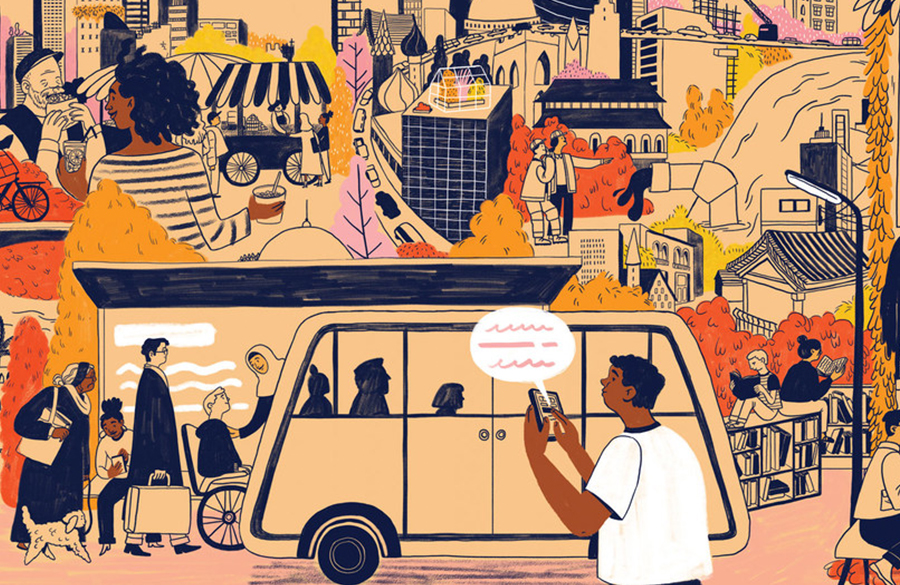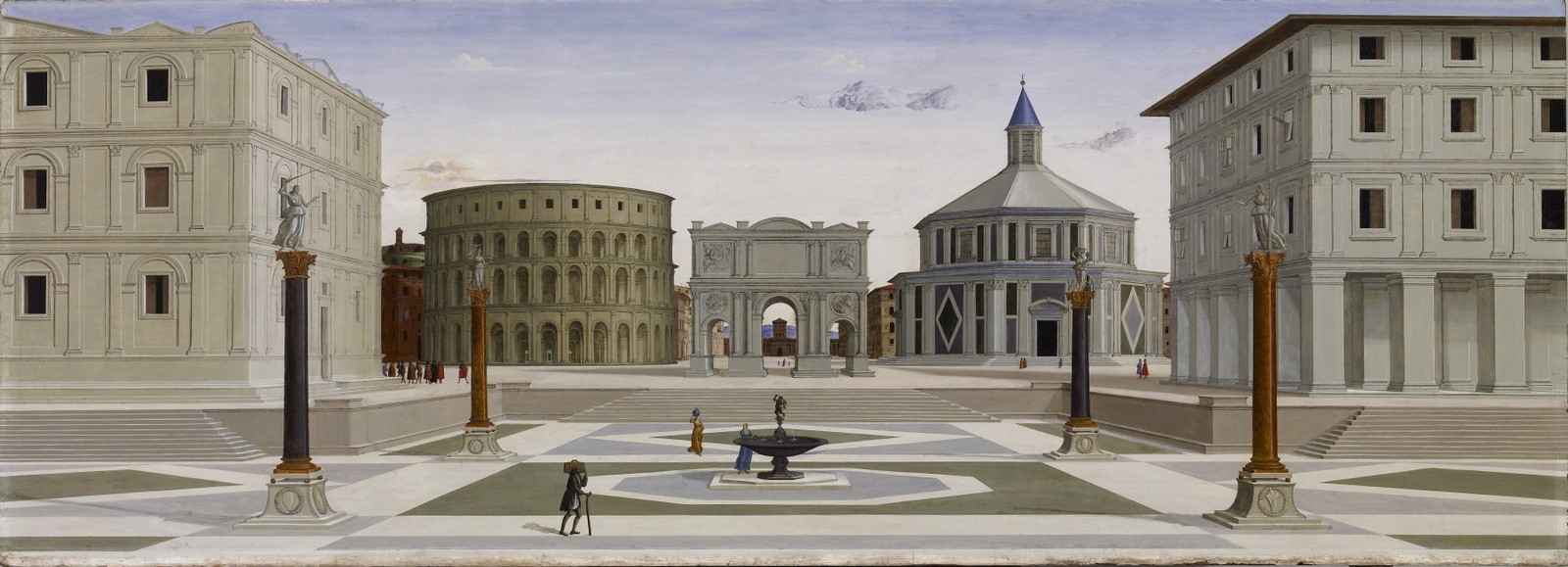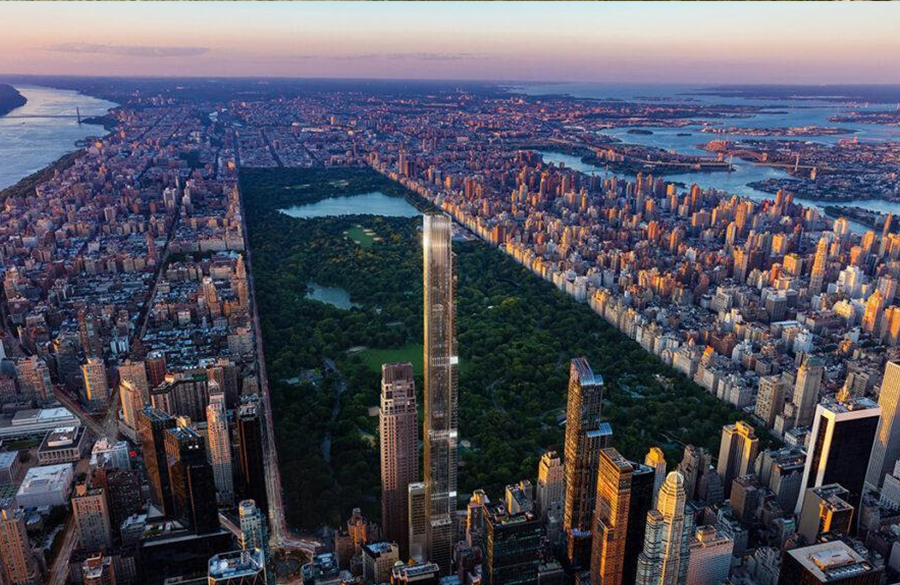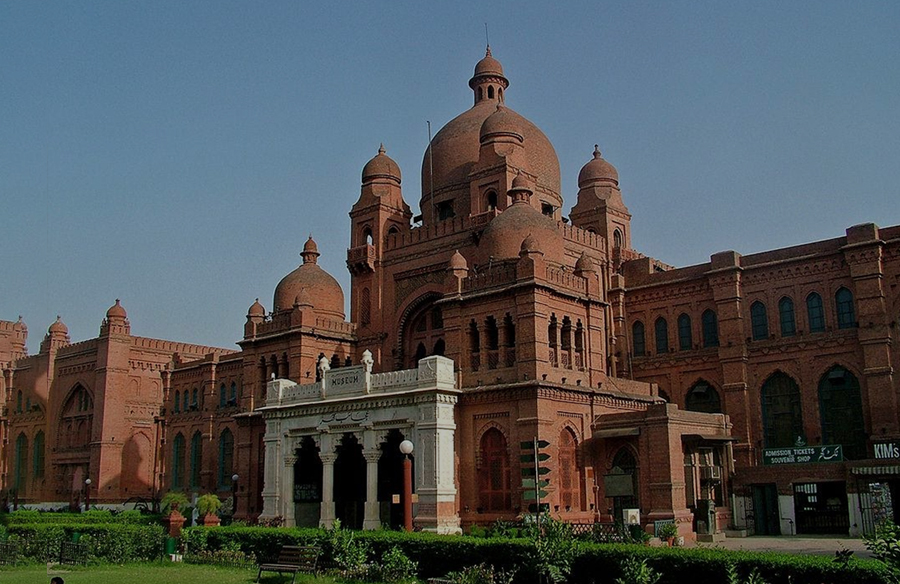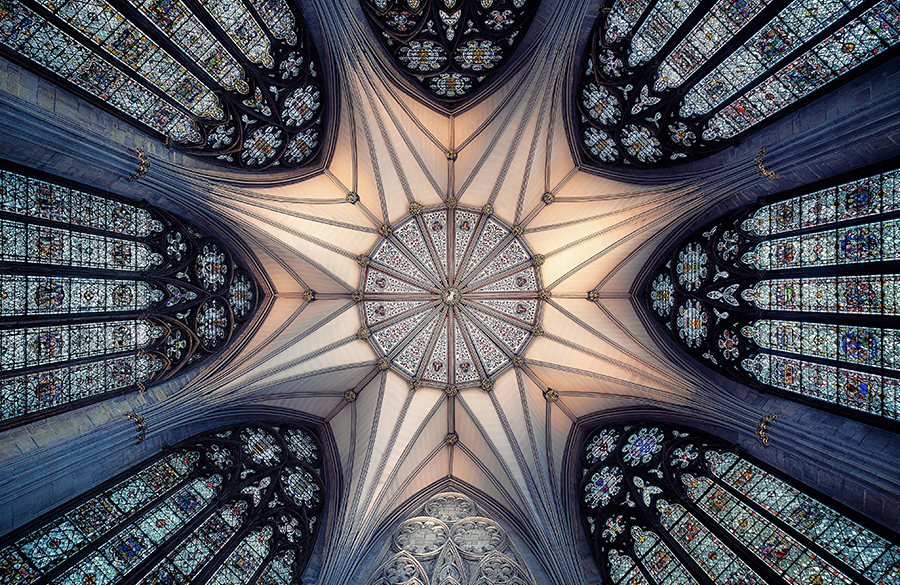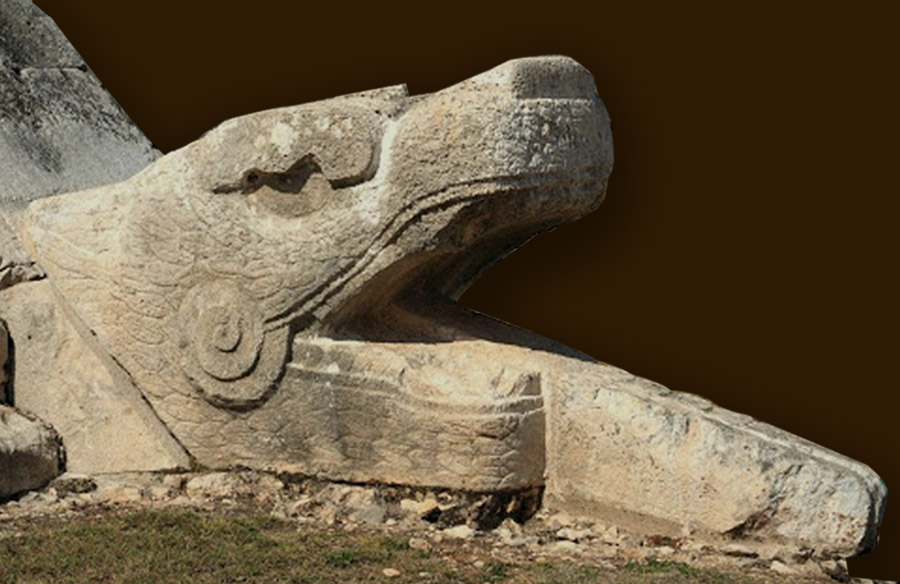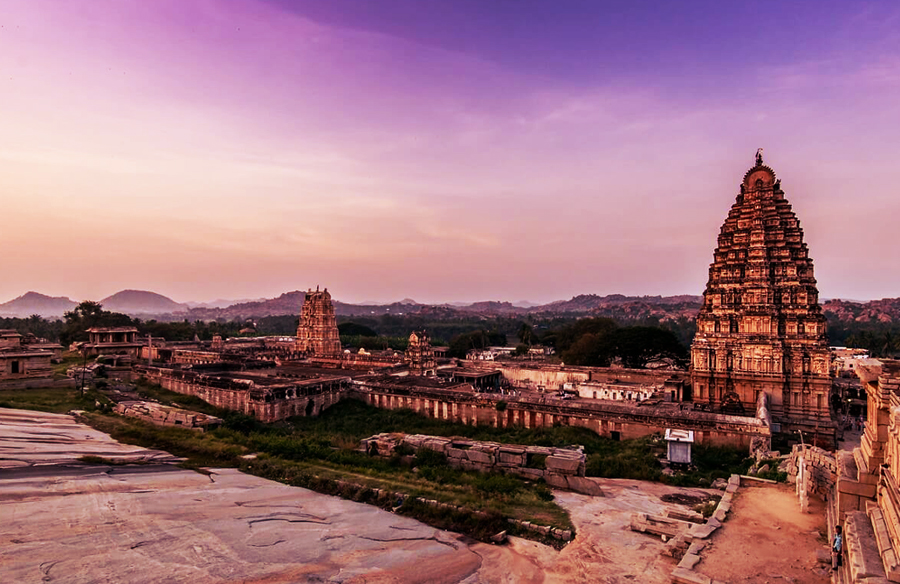Our collective memory of urban space is defined by a marriage of the physical and the emotional. The physical and the emotional go hand-in-hand. Anthropologists, sociologists study the emotional, cultural flux of our spaces, while urban designers, planners and architects try to channel this flux into crystalline manifestations. Culture, a large aspect encompassing a slew of emotions, rituals, beliefs and practice informs and is informed by urban spaces – a cyclic process if you will. And thus, ever since the conception of urban imagination in human beings, culture and urbanism are strongly bonded with each other. To traverse this meandering pathway of culture and urbanism, we must hark back to our ancestors.
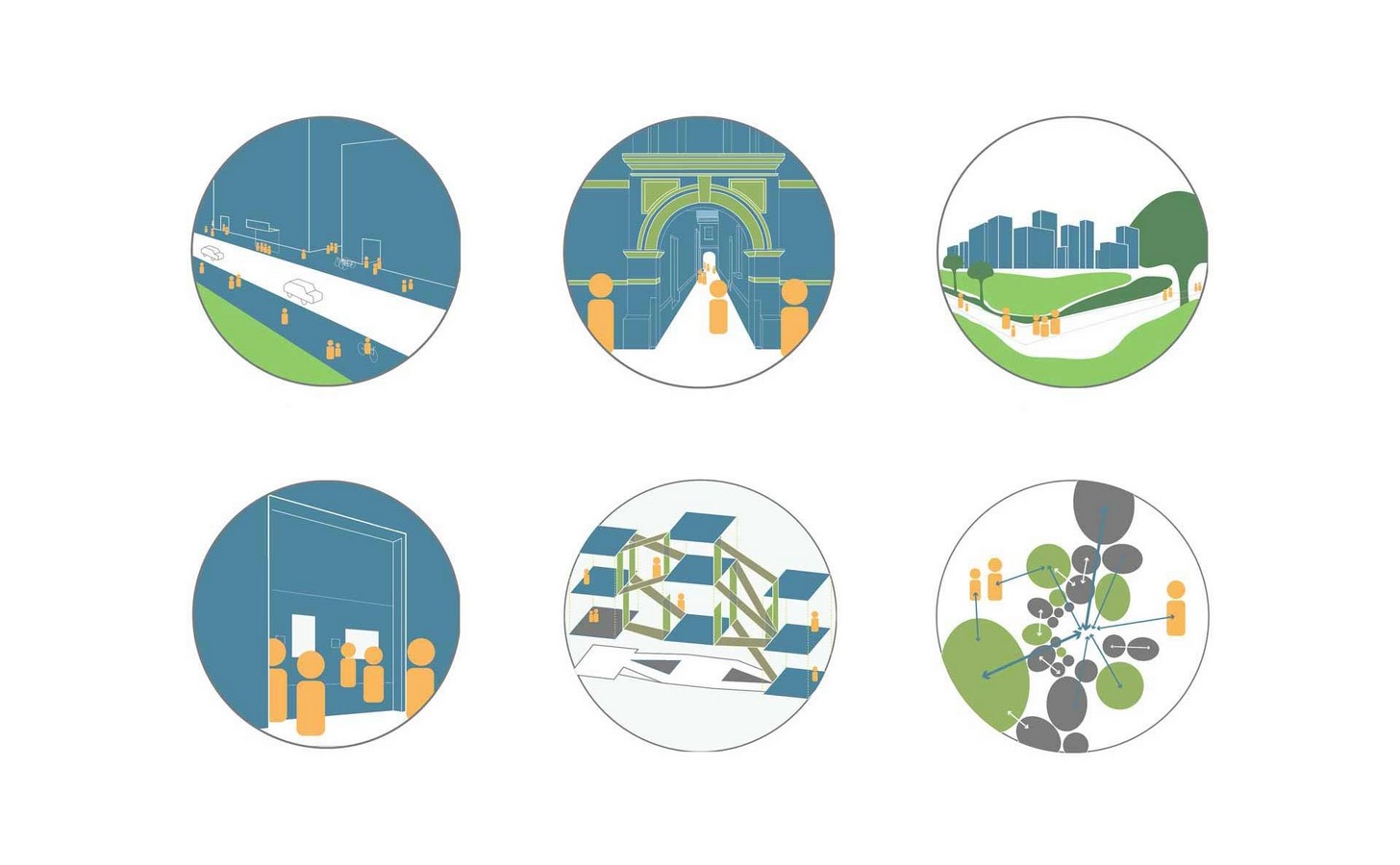
There are numerous accounts of the historiography of urbanism, but they are limited to histories from the 18th century. Even when we bring Ancient cities to the fore, we often resort to narratives from Greece, Rome or Egypt. One cannot deny the merits in their studies, but one should not neglect Asian histories of urbanism too.
The Mohenjo Daro that we are familiar with through movies and popular culture is far from how it was in actuality. And its cultural dependence is undeniable. Reaching its height in 2000 BCE, the Indus Valley Civilization gave rise to the megalopolis, estimated to have close to 40,000 citizens at that time. The IVC was an inherently democratic society which was evident through its strictly utilitarian urban structure.
A study by archaeologist Massimiliano Vidale highlights that unlike its Greek, Roman, and, Egyptian counterparts, Mohenjo Daro’s absence of palatial structures could be due to a socio-political culture of egalitarianism. The Indus cities that have been excavated, display substantial fortification walls, platforms, houses, drains, and walls made of mud- and/or fired-brick, and appear to lack grand palatial and religious architecture.
Source: https://www.oxfordhandbooks.com/view/10.1093/oxfordhb/9780199589531.001.0001/oxfordhb-9780199589531
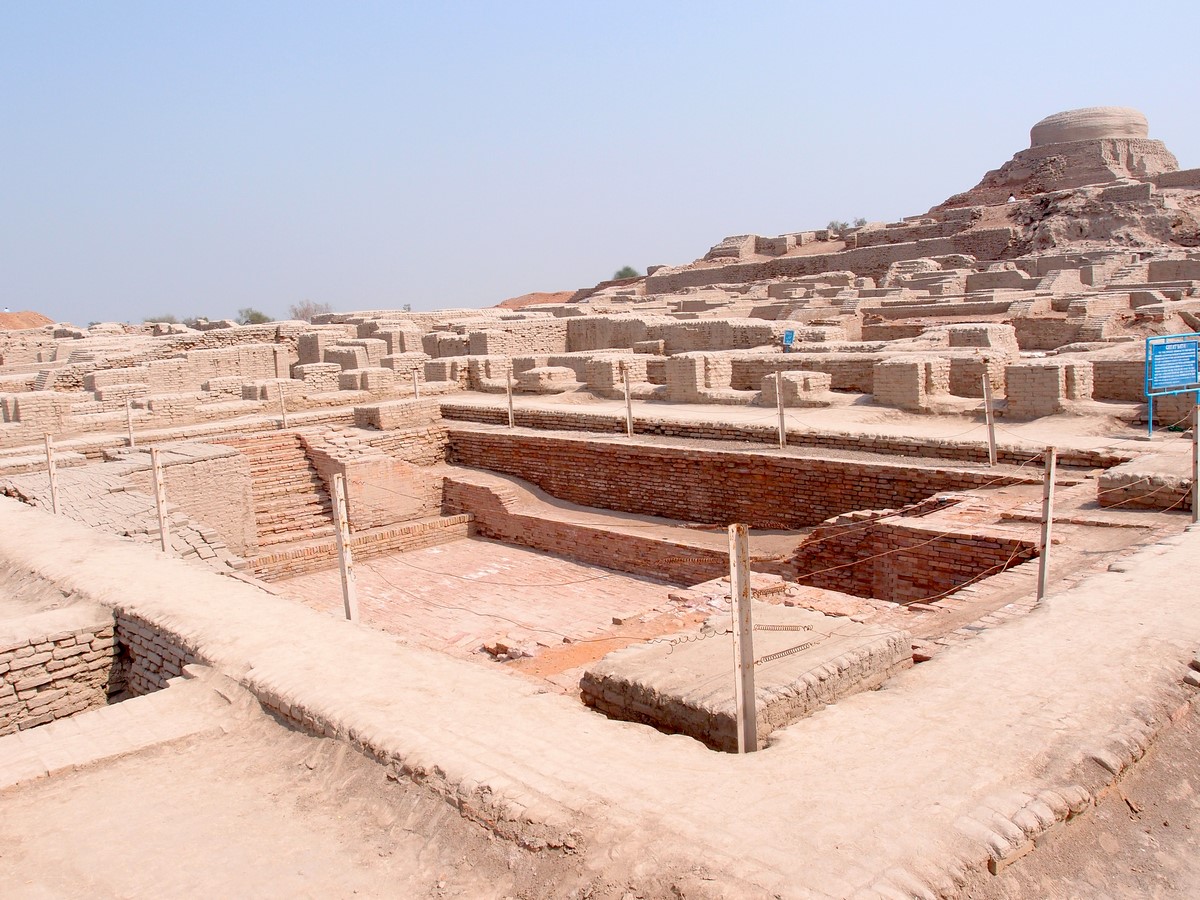

Mohenjo-Daro is primarily a high brick platform topped by fired-brick structures, and a lower town comprising distinct habitation areas that are also raised on brick platforms.
Ancient cities were generally the home of the Gods. Cities such as Athens had patron Goddess Athena, while many Mesopotamian cities deemed the absence of a central God as a path to urban chaos. Religious processions and rituals were an integral part in composing the urban form in the Ancient city of Babylon – the processional way from the New Years’ Temple in the city forms a long thoroughfare, passing through crucial religious structures while giving the only glimpse of the deity to the citizens.

Medieval Urbanism – An Orthodoxy
Urbanism and culture were witnessing a surge in orthodoxy throughout the Middle Ages. The urban organization of the Catholic Church is a remnant of Roman Antiquity. From the 5th to 7th Century, great structures built in Antiquity were privatized by local squatters. The colosseum in Rome, the temples, mausoleums, theatres and baths scattered around western Europe. This meant that displaced squatters often had to take refuge in these ancient public wonders which evidently changed the urban fabric.
German sociologist Max Weber described medieval cities as “producer” cities when compared with their ancient “consumer” urban counterparts. As a result of centuries of war and food insecurity, Europe, especially, longed for a sense of spatial protection. This collective emotion of insecurity thus “produced” urban fortifications. In terror of the invaders, the inhabitants of Mainz, for example, restored their dilapidated Roman wall. Under commissions from the German emperor, Henry I, walls were built even around monasteries and nunneries to guard them against attack. Even low lying, rural hinterlands received the benefit of having walls and moats.
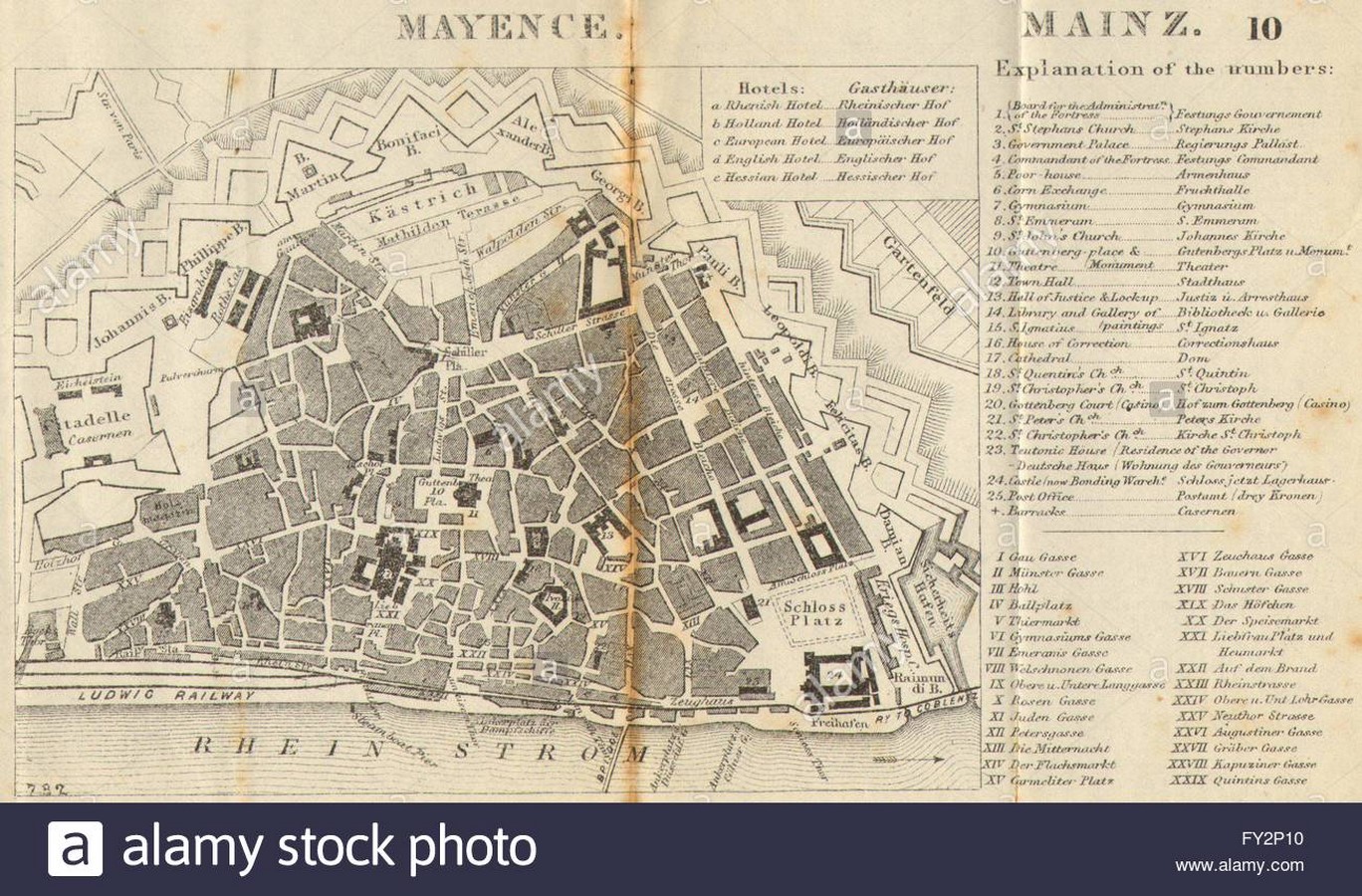
Parallelly, in France and England, you had the Bastides, a town following a distinct town planning pattern, which later added fortifications. Bastides centred around an open space, often a plaza used for markets and political, social gatherings. The bastides’ forms resulted from “the friction engendered by interaction, expedience, pragmatism, legal compromise, and profit,” and eased the tax-collecting process, as villages could be taxed module by module. While a rarity, some bastides also had two such central open spaces, one each exclusively for markets and gatherings respectively. Could the bastide typology have been signalling the birth of the Renaissance plaza?
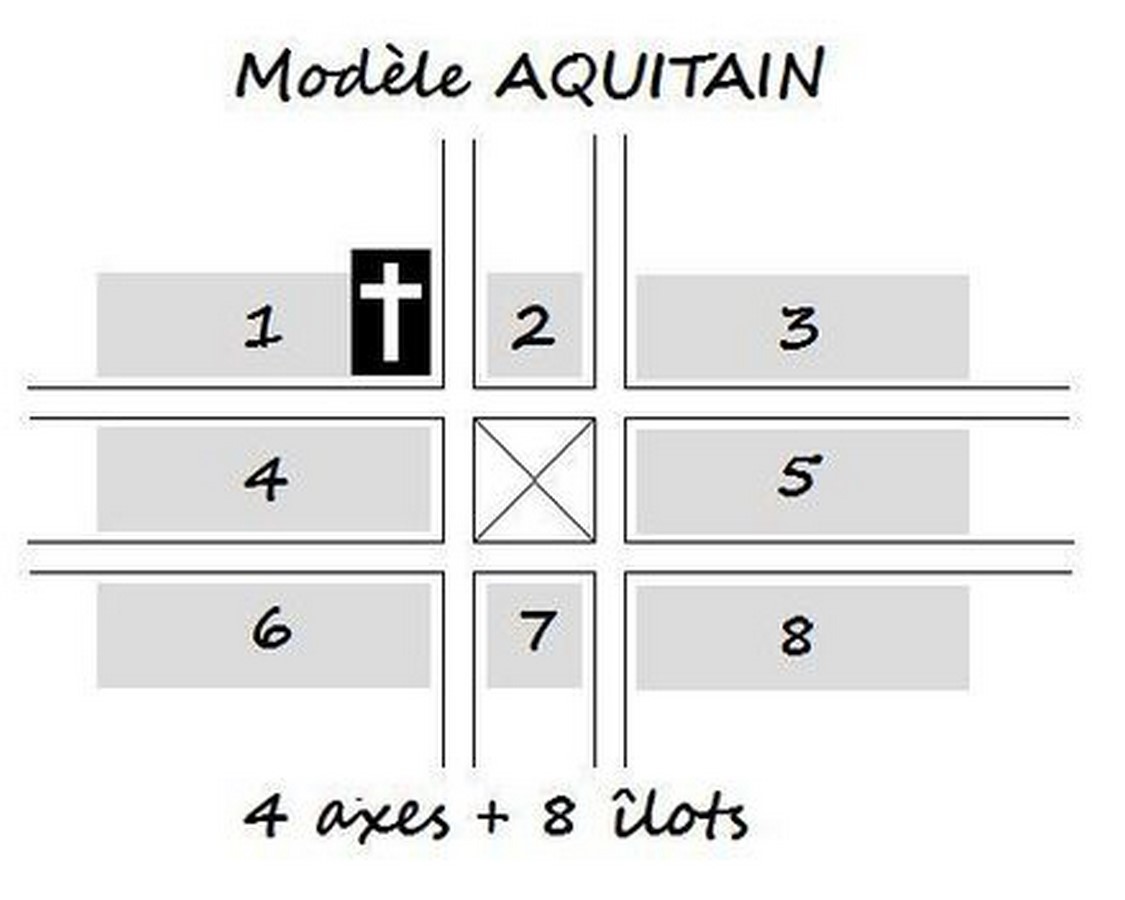
However, the increased fortifications meant that local skilled labourers such as craftsmen, peasants, and fishermen, with patronage from local feudal lords, established a stronghold, ultimately shifting the centrality of Churches and ecclesiastical structure towards the suburban.
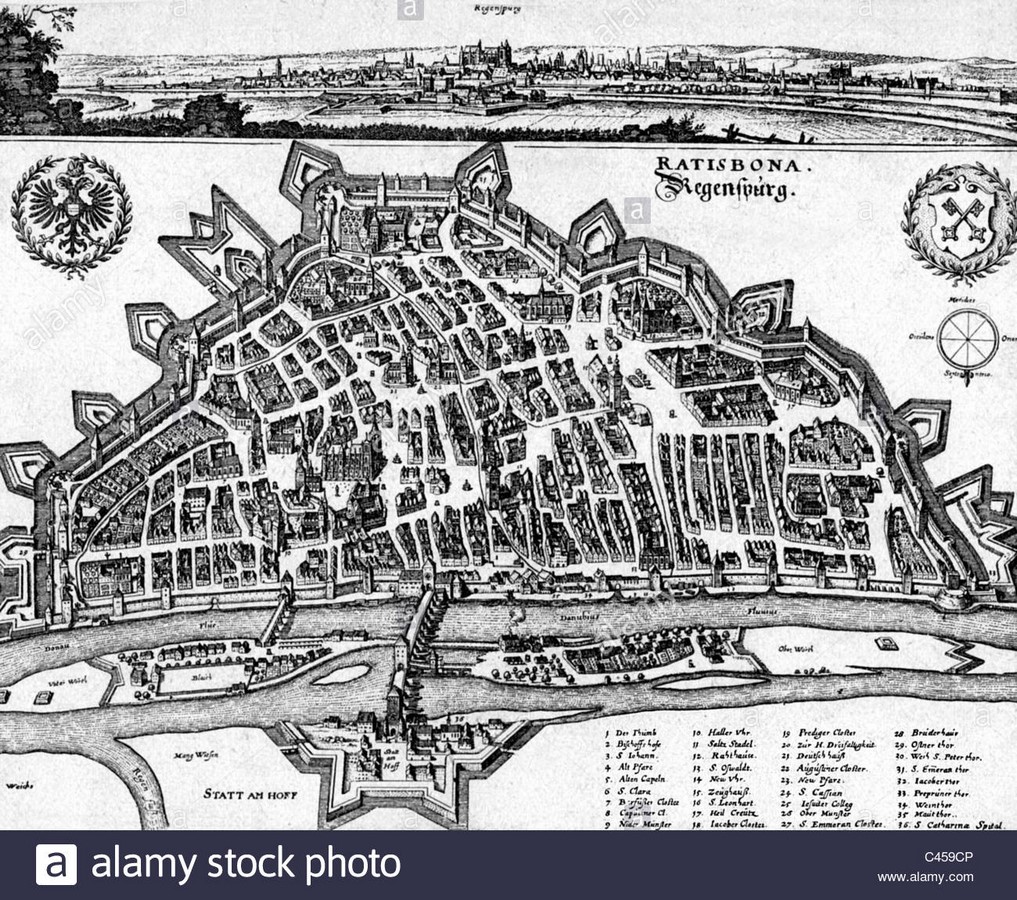
Renaissance Urbanism – the Rise of Perfection (15th -18th century)
As with any creative pursuit, the traditionalist art of urban planning, and urbanism, in general, reached its zenith during the Renaissance. Filippo Brunelleschi’s invention of the linear perspective in 1415 opened avenues unknown to the fine art realm and, thus, was one of the most significant technical contributions to visualise the urban structure of present and proposed cities.
“The idea of giving the city an orderly and rational form, making it a symbol of the artistic and philosophical conception of the whole Renaissance, slowly matured in the works of the fifteenth-century treatises, starting with Leon Battista Alberti.”
Take the case of Pienza. Considered one of the earliest (and few) examples of Renaissance urbanism, the bustling town, once a sleepy village called Corsignano, was envisioned by Pope Pius II as “his summer court.” The project was executed by Alberti’s student, Bernardo Rossellino and it had its heart in the central trapezoidal plaza, Piazza Pio II. Taking cues from the bastides of the late Middle Ages, the Piazza was a place of much life and activity. New buildings of religious and aristocratic importance were constructed, such as the Cathedral, the Piccolomini Palace and the Episcopal Palace, among others. Rossellino adhered to much of the medieval past, only adding a new axis road, the Corso Rossellino, connecting the main gates located in the freshly-minted city walls.


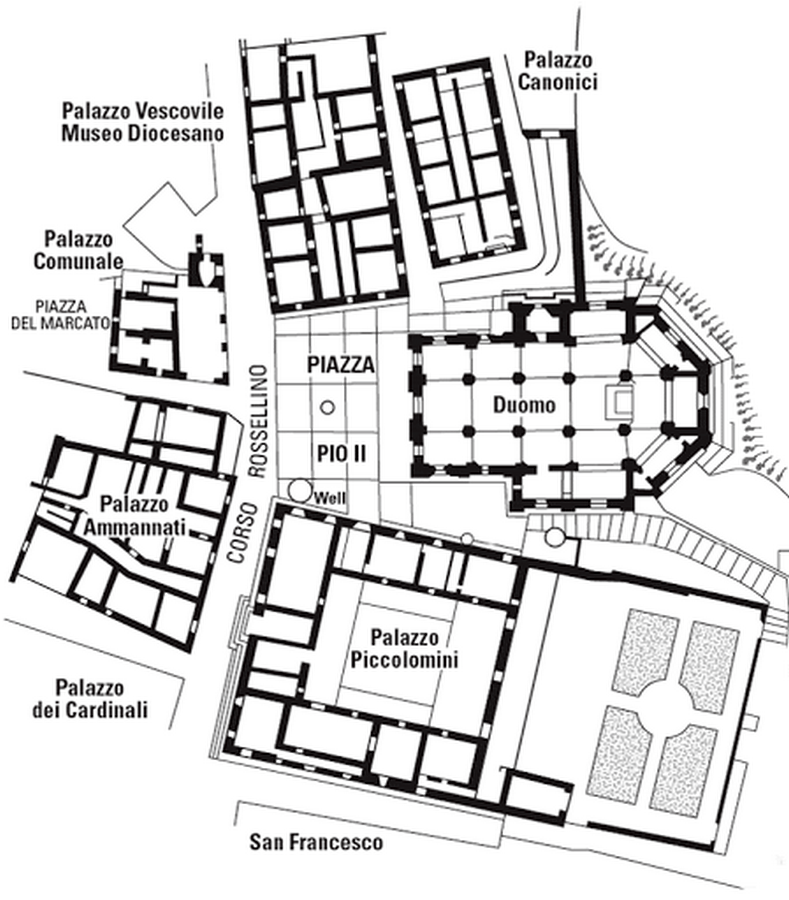
The Piazza is a public delight and welcomes everyone through the seatings appended to the enclosing array of Renaissance palaces. While Pienza was heralded as the first “Ideal City’, sceptics think that its underlying socio-political notions point to a utopia governed by an all-knowing authoritarian regime, almost as if there is constant surveillance. The perspectival drawings of the Ideal City have tinges of such an ideal. Ironic, considering how polymaths like Alberti were propagating Renaissance Humanism, a concept based on humans, their values, capacities and worth.

Modernist urbanism and the tryst with the Machine
Fast-forward to the 1800-1900s, and you are thrust into the age of formal urban planning theories. Catalan urban planner Ildefons Cerda first coined the term ‘urbanizacion’ (the Catalan equivalent of urbanization) when designing the neighbourhood of Eixample.
The rising dissatisfaction amongst the working class made way for a culture emphasising their spatial needs to. Affordable housing played a crucial role in formal zoning laws throughout cities. Ordinary citizens demanded better living and working environments, better urban theories. Model villages like Bourneville were planned to provide healthier environments for Cadbury’s factory workers, with ample open spaces for gathering, green spaces abutting their cottages. It remains a model village to this day.

Bournville spurred the famed Garden City Movement, led by Sir Ebenezer Howard. The movement was an extension of the Bournville model village, in that it redefined the city as self-contained communities enclosed by green-belts and proportionally sized residential, industrial and agricultural zones.
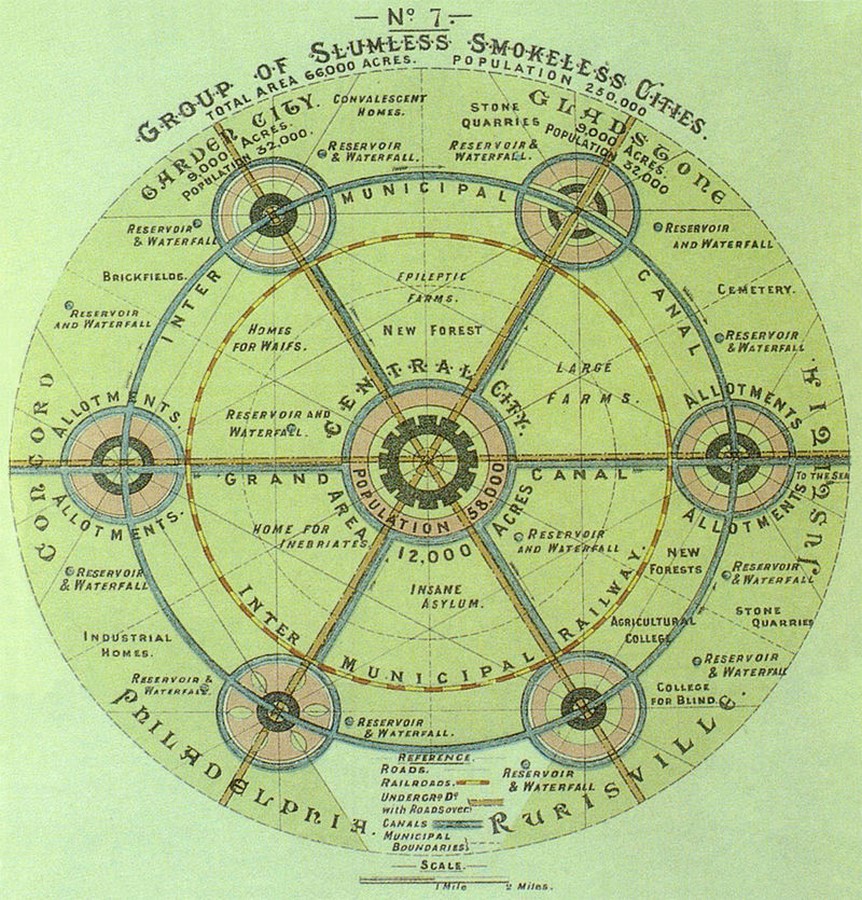
In the 1920s, planners and designers after facing the horrors of World War I, were increasingly globalist in thought and technology helped in the dissemination of their ideas across the globe. Le Corbusier proposed the Radiant City and the Contemporary City. Though based on open spaces, the latter’s sixty-storeyed cruciforms had class-based segregation at its core. Radiant city, on the other hand, focused on creating “vertical architecture” and leaving plenty of shared open space in between for people to use and enjoy. The resulting horizontal areas would serve as traffic corridors as well as public landscapes with lush greenery.”
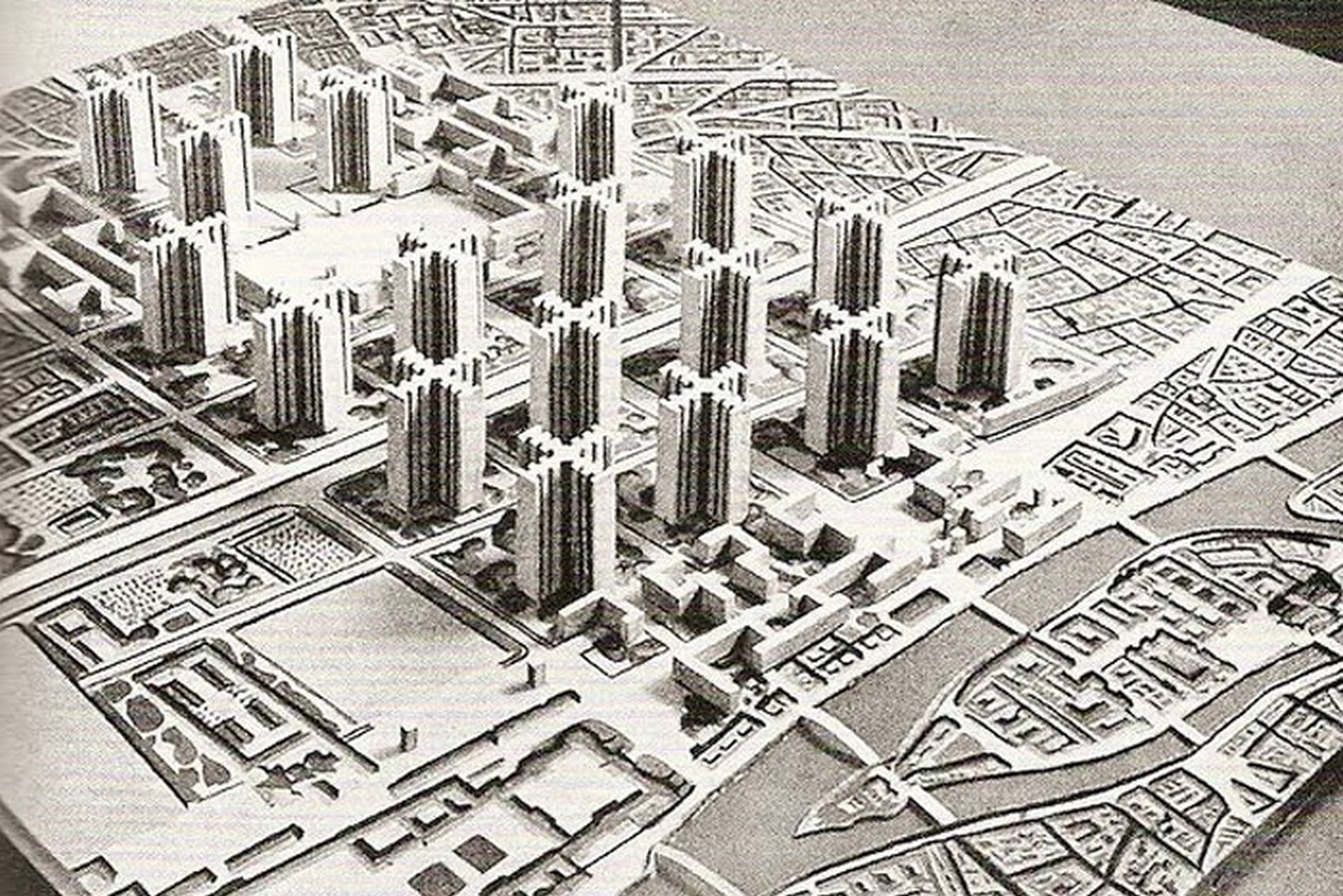
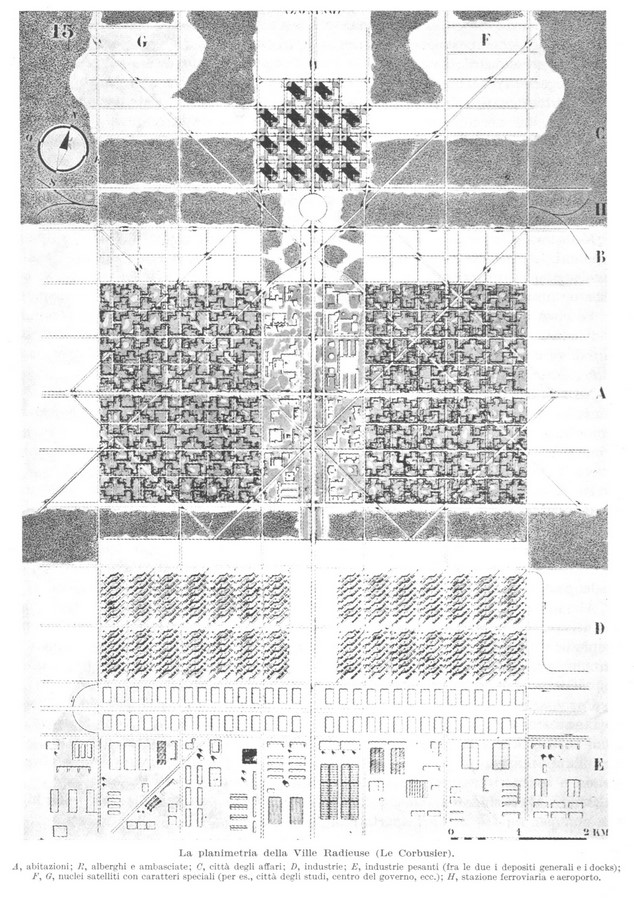

Chandigarh is the most insightful manifestation of his urban theories. His idea of gauging culture through urban planning is visible in Chandigarh – self-sufficient segments, green corridors and a clear hierarchy of streets and roadways. These sectors were made for the pedestrian, which was a deviation from his usual endorsement of the automobile city. Many deem it, a clear success. Chandigarh was so – and still is – structured as a city that the organic character of Indian cultures have not been able to welcome it wholeheartedly. Having lived in the city for three years myself, I can say that Chandigarh remains an incongruent fixture – culturally and socially. With the city having the highest per capita income, Corbusier’s quest for a Utopian city remains unfulfilled.With the city having the highest per capita income, Corbusier’s quest for a utopian city remains on paper, unfulfilled.

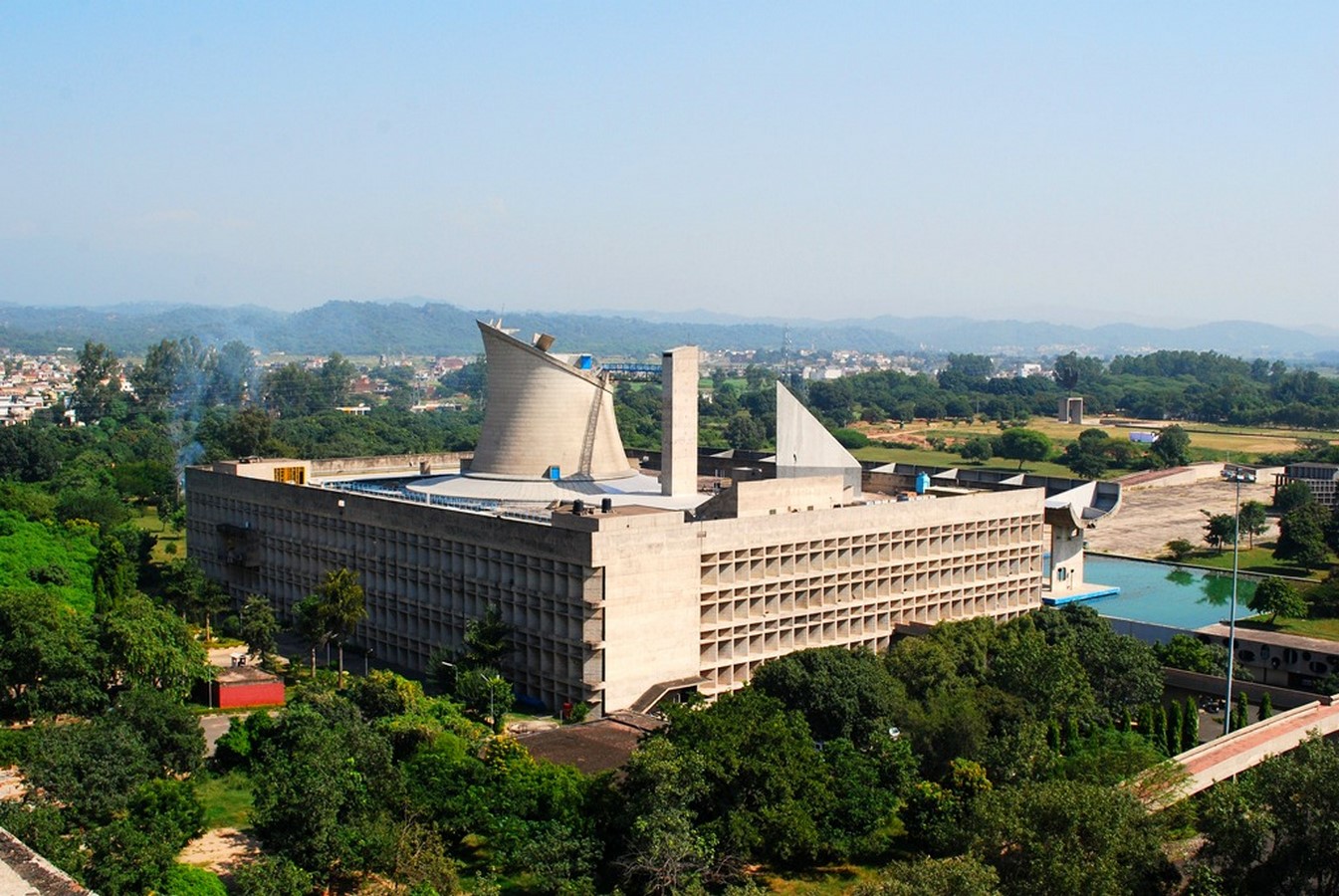
It was Sir Patrick Geddes who finally initiated discourse on the intimate relationship between culture and urban planning. He posited that the preservation of human life took precedence over any beautification of form. “Town Planning is not mere place-planning, nor even work planning. If it is to be successful it must be folk planning.”
Source: https://www.wikiwand.com/en/Patrick_Geddes
His theory of conservative surgery aimed at taking pre-existing cultural, social, political and economic conditions of urban space and optimising them using surgical interventions, rather than starting from scratch. A famous experiment of his demonstrated how weeding out the worst houses in urban slums and crafting courtyards out of narrow closes improved the slums by providing natural light and ventilation. His approach is more humane compared to the grand vision of razing neighbourhoods down and creating urban novelty, as many planners had practised earlier.


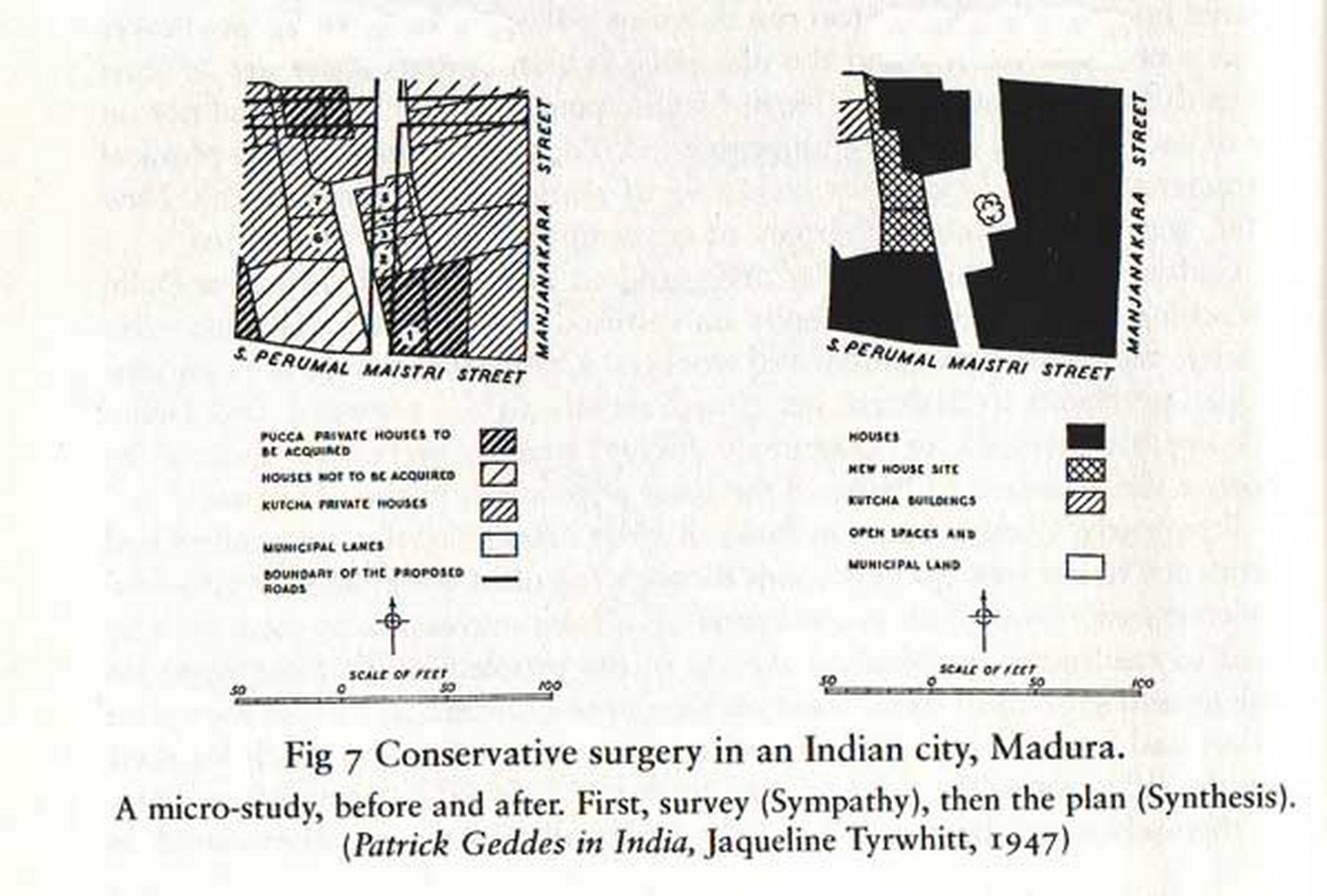
New Urbanism, culture as a tool to plan
New Urbanism, an 80s phenomenon, proposes liveable cities through walkabilities – dense, close-knit parcels or blocks of neighbourhoods which promote pedestrian activity, and a near-alleviation of the automobile. Coined by urbanist Peter Calthorpe, new urbanism looks at urbanism from the lens of sustainability – not necessarily only through green belts and renewable energy. A distinct feature of this theory is the Transect, where centre and edges are discernible, and the centre hosts the public space – perhaps a comeback of the bastide/piazza.
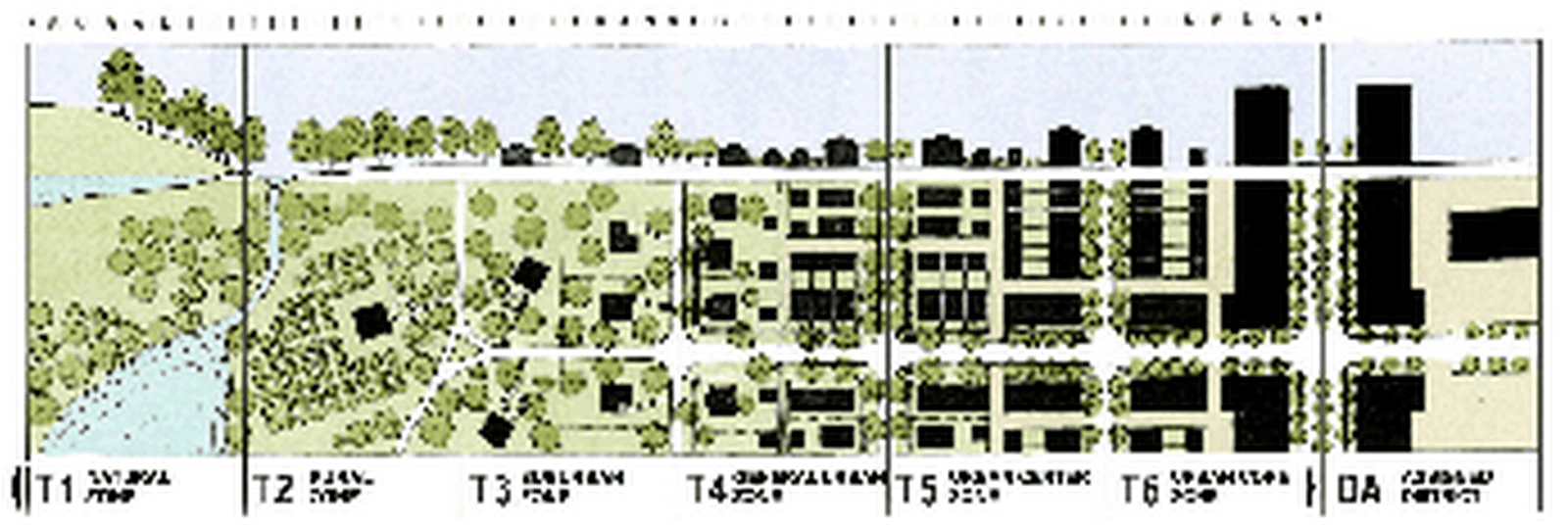
Concepts such as the “eyes on the streets”, by theorist Jan Jacobs foster a closer, neighbourhood-driven culture where everyone knows everyone, where societal problems like crime and misuse are tackled systemically through a close proximity of houses, multi-level open spaces such as balconies, level differences, which generated diverse vantage points and perpetual street activity, leading to a natural surveillance of the street. Especially in the West, the shift from a car-friendly to a compact, pedestrian-friendly city model was stark and received polarized reactions. Especially when urban centres such as Chicago and New York were facing a surge in crime, public places and streets were required to be safer.

Sensitive designers like Hassan Fathy have helped rejuvenate cultures and communities through his rural interventions. Although short-lived, his New Gourna village still stands as an example of culturally-oriented planning, incorporating certain aspects of conservative surgery, while providing individuality to house forms through courtyards, integrated open-spaces, terraces and public spaces. His context was rural, but his approach echoed global sentiments of humanism.
Culture as a tool for planning
“The idea is not just to create cultural events by making space where people can display art or other cultural events, it is rather about involving local people in the planning process of how they want their cities to be.”
It seems like designers and planners have been in the pursuit of perfection until the late 20th century. It was not until very recently that designers have paid attention to culture as a governing force in planning. Designers have largely been self-indulgent, (which applies for any creative professional), striving to construct perfect forms and primarily satisfying their own grandiose agendas. But at the behest of neglecting the cultural context? The advent of participatory planning has elevated citizens’ knowledge about how much power they yield. Digital culture and media have raised the consciousness of citizens through rapid sharing of information, forming an ecosystem where culture is a necessity. Spatially, culture serves as a much-needed escape from the “madding crowd”.


